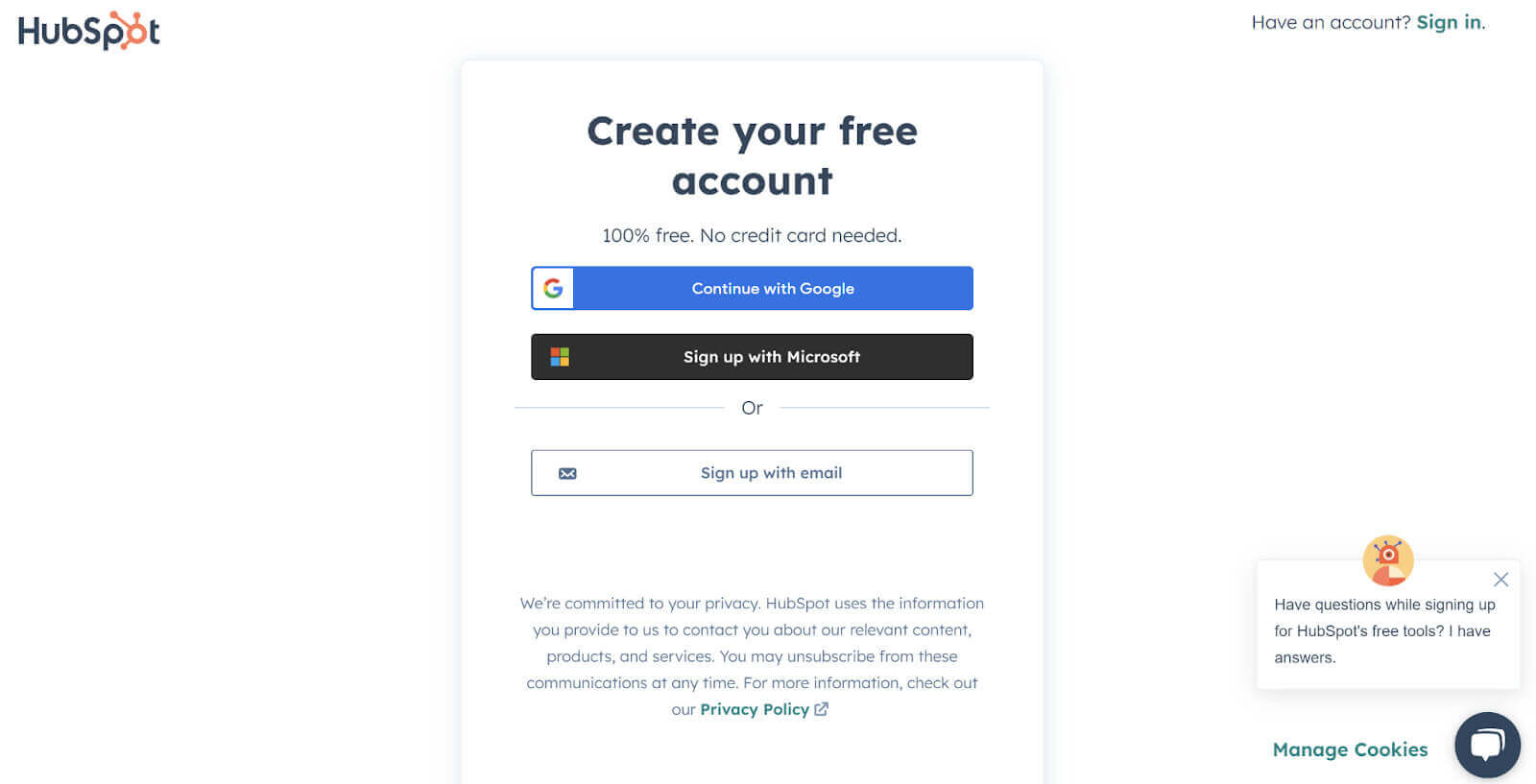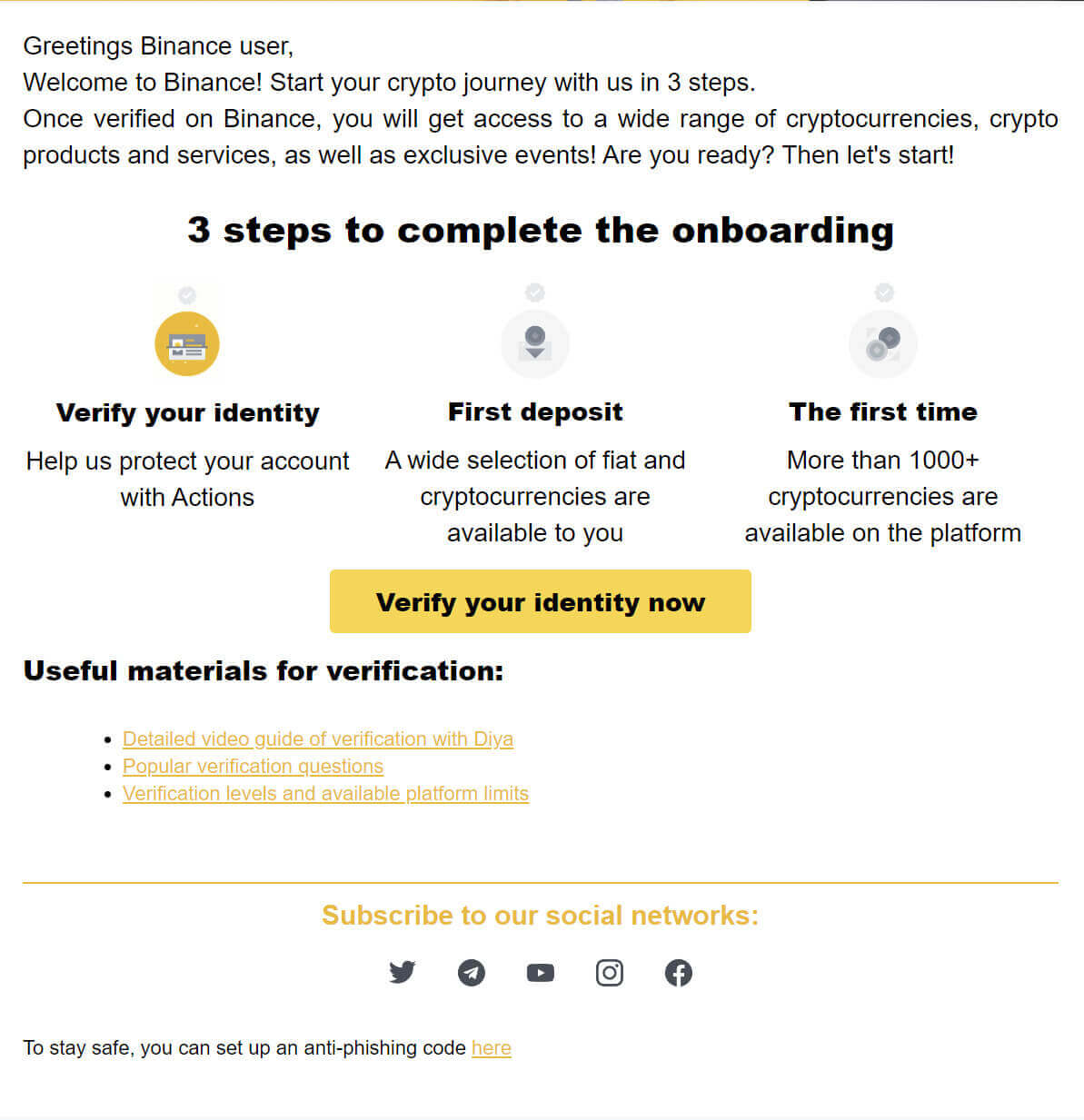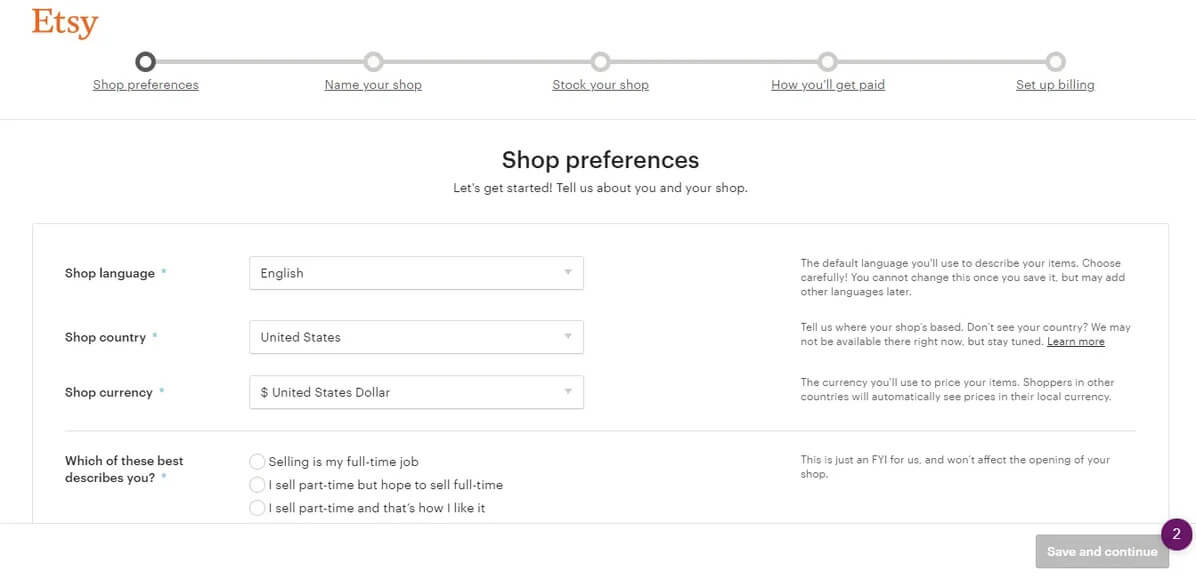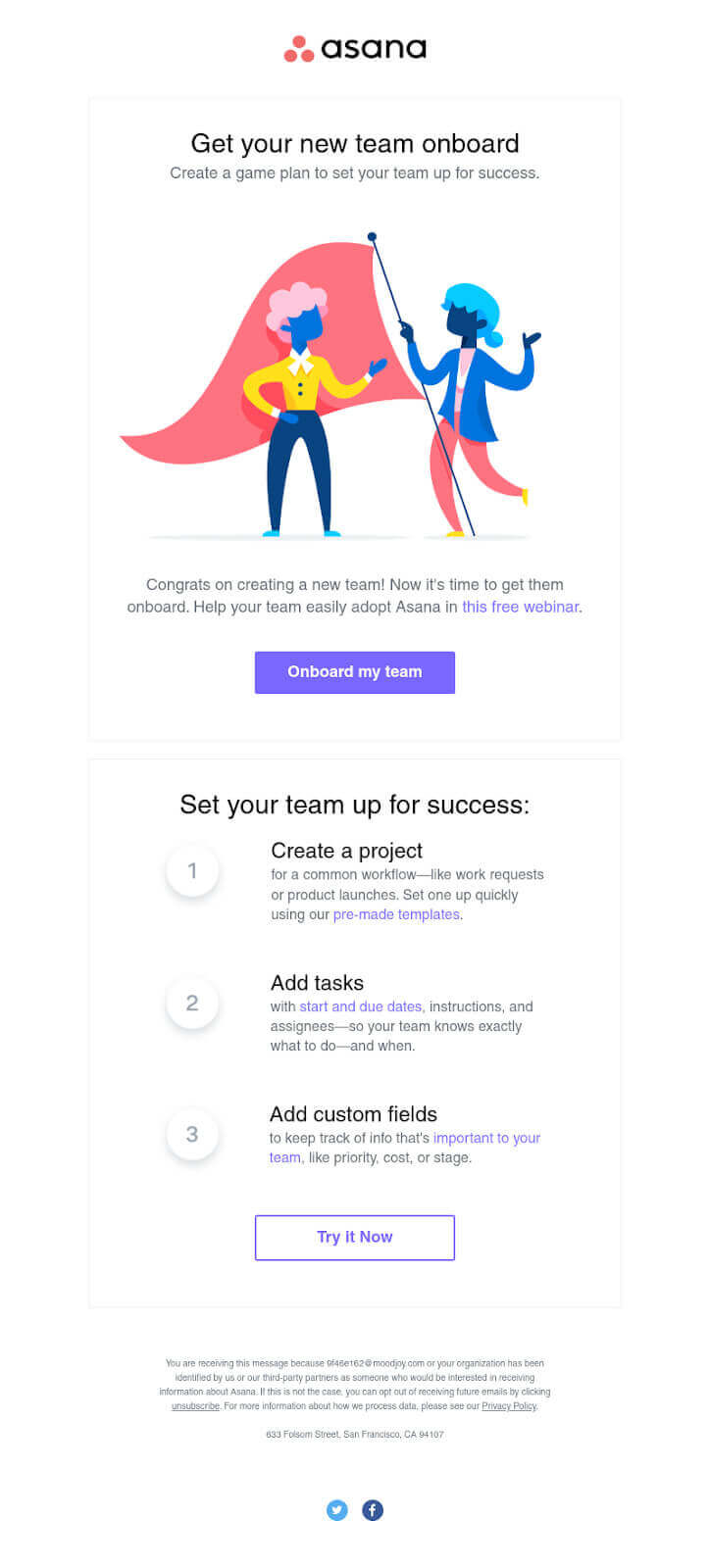Once upon a time, Sked Social, a social media management platform, was battling low conversions. They decided to shake things up by welcoming users with a tailored popup and an easy checklist with four tasks and progress bars. Boom! Conversions tripled, proving the power of great onboarding.
Sked’s success is a great example of how effective customer onboarding can boost product adoption. If you’d like to know how to do it yourself, read on. We'll run through the benefits of customer onboarding and give you a step-by-step guide to get you up and running with your next onboarding strategy.
But let's start with the basics.
What Is Customer Onboarding?
Customer onboarding is the process of introducing new customers to your product or service and showing them its value by walking them through their first steps.
An onboarding journey typically involves two stages: sign-up (when an onboarding customer officially joins your user base) and first use (when the customer completes their first task and learns how your product or service will help them).
So what do these customer onboarding stages look like in practice?
Depending on a customer's preferences and a company's strategy, an onboarding process can take different forms, including
- Sending a sequence of emails, helping customers onboard step-by-step
- Arranging a conversation with a customer success manager
- Providing training, either in person or virtually
- Incorporating an intro flow within your app
- Offering resources like articles, videos, and content that show how to begin
- Granting special access to VIP customer service during the first month
- Providing access to a community forum to receive assistance from fellow customers
The good news is that these practices don’t just help your customers and users: they’re great for your business too.
Why Is Onboarding Important?
Customer onboarding is key for CX: it’s where your customers get a first impression of your company and learn how your product or service works. But it also has multiple business benefits.
Immediate value delivery
Customer onboarding with a free trial is a great way to quickly show customers the value they'll get from your offering. Whether you’re saving people money, time, or headcount, when you showcase the real benefit, onboarding customers will be less likely to walk away after the end of the trial period.
Stronger customer bonding
During onboarding, customers can tailor your product's functionality and appearance to their needs. This helps them see how your product will help them achieve their goals and strengthens their bond with it. As a result, users will be more likely to continue their subscription or buy your product after the trial period.
Improved customer confidence
A great customer onboarding strategy teaches users step-by-step. This makes unknown technology less daunting and helps onboarding clients get more comfortable with what your product does.
As a result, customers become more confident using the product and more curious about what else it can do. With 51% of customers likely to abandon a product within a month of signup, every little helps.
Improves customer acquisition
Effective customer onboarding also works wonders for improving customer acquisition. 63% of customers say that post-sales support (aka onboarding) is an important consideration in their purchase decision.
What’s more, with a great onboarding experience, users are more likely to become your brand advocate, leading to more cost-effective and efficient acquisition.
In summary, new customer onboarding helps your business create a stronger user-product bond and sets the foundation for long-term success. So how can you get started?
Best Practices for Effective Onboarding of New Customers
Every product onboarding process is unique, but all great onboarding is built on these best practices.
| Customer onboarding best practises | Description |
| 1. Understand your customer | Utilize existing customer data to personalize the onboarding experience. |
| 2. Set clear expectations | Clearly communicate what your product or service offers and how it addresses customer challenges. |
| 3. Show value | Demonstrate the value of your product early to motivate customer engagement and adoption. |
| 4. Communicate proactively | Anticipate and address customer issues before they reach out for help. |
| 5. Collect and use customer feedback | Gather insights through surveys and follow-up interactions to enhance the customer onboarding process. |
Understand your customer
Your existing customer data is like a compass that will set the direction of your customer onboarding strategy. Use it to draw up a list of customer needs and tailor the process, creating a personalized experience for each onboarding customer. This will create a compelling proposition that resonates with customers and nurtures lasting relationships.
Set clear expectations
What can your users expect to get from your product or service? Even the best step-by-step onboarding won’t help if your customers' expectations don’t match what you’re offering. As a result, your customer onboarding process needs to show clearly what your product or service does and how it solves the possible challenges along the way.
Show value
The earlier you show value to your users, the more motivated they’ll be to learn and continue onboarding. Use email and articles to describe the benefits of your product features and link to videos of success stories and case studies with real-life data. By showcasing tangible outcomes, you’ll help onboarding customers see immediate advantages, leading to more active engagement and faster product adoption.
Communicate proactively
Don't wait for an onboarding customer to reach out to you with their problems — analyze, foresee, and offer solutions in advance.
This doesn't mean you need to call onboarding clients every hour throughout the whole process. But you can track their progress and send emails with helpful articles or tips to deal with typical issues.
Collect and use customer feedback
Customer feedback shows where your onboarding process can improve to create an even better experience. You can use surveys or follow-up calls to capture insights directly from onboarding clients. Analyzing this feedback highlights pain points you can use to adjust your new customer onboarding journey.
Now you know the theory, let’s look at some real-world examples of different customer onboarding strategies.
Great Customer Onboarding Examples
Here are some examples to inspire your customer onboarding process.
Use social sign-in like HubSpot
No one likes filling out forms and creating a complex password they’ll instantly forget. Hubspot uses social sign-in to solve the problem — customers can sign up with their Google or Microsoft account and be up and running in just a few clicks.

Leverage your welcome email like Binance did
Using finance-related services for the first time is intimidating, since mistakes cost money. Binance deals with customer concerns by laying out the setup process and linking to helpful material all in one email.

Create a product walkthrough like Canva did
First impressions are crucial, and Canva, like a welcoming host, gives its users a tour of the product to create a positive experience from the start. Instead of guessing what’s what, customers can get straight to work after a short guide.
Add a setup progress bar like Etsy did
Some services simply take longer to set up. To avoid losing users along the way, online sales portal Etsy lets people know exactly where they are in the setup process with an indicator at the top of the page. Etsy also saves progress, so users can postpone registration if they're in a hurry and easily pick up where they left off.

Use a setup checklist like Asana did
Project management giant Asana sends follow-up emails to users during their onboarding journey, highlighting the tasks they’ve completed and guiding them through the next steps to get the most out of the platform.

By now, you should have a clear idea of your options for building a customer onboarding checklist. Once you’ve chosen a strategy, it’s time to get building.
The Customer Onboarding Process: A Step-By-Step Guide
Use these steps to build a winning customer onboarding process flow.

Step 1: Identify customer expectations
Begin by identifying your customers’ expectations and needs and tailoring the onboarding process to address them. For example, if a user lacks computer skills, their onboarding will need to start from the basics.
Step 2: Assign responsible employees
Sales and customer care representatives have different areas of expertise, and this should be reflected in your onboarding checklist. For example, a customer care representative helps with post-sales support and addresses any issues, while a sales agent will help users purchase additional products or integrations. Assign employees for each role and define their duties clearly.
Step 3: Create an automated welcome email
Automating your welcome email has two benefits — it frees up your employees from mundane tasks, and it ensures that no customer is forgotten. Don't forget to use your brand’s voice, as your message sets the tone of the client onboarding process and should showcase your brand's personality.
Step 4: Schedule a follow-up email
Take care to send a follow-up email if a new customer is inactive two days after signing up. Use your email to encourage users to log in again, offer assistance if they have difficulties, and demonstrate your commitment to their success.
Step 5: Greet your user on their first login
Your post-login greeting message is your user's first interaction with the product, and it should encourage them to explore. Make sure your message is warm, engaging, and appreciative, and reassures people that you're there to help.
A good customer onboarding strategy is to include a clear call to action for a first step — “Let’s customize your interface” — even if there’s a whole to-do list of settings. This avoids confusing and overwhelming a user and makes your product seem easier to master.
Step 6: Create a basic walkthrough
Help customers set up your product smoothly by providing a step-by-step onboarding checklist tailored to their needs. For example, you can introduce callouts and tooltips that pop up when a user first signs in to highlight essential product features.
Start from basic configurations and move to more advanced options to build user confidence. This way, customers won't drop out halfway feeling confused and overwhelmed by all the features and buttons.
Step 7: Use explanatory notes and placeholders
When a customer first logs in, most fields and spaces are empty. You can fill them with explanations and examples that show what the user needs to add. For instance, if there’s space for recording meeting notes, you could include a first note that explains how a user can create new entries and sort, filter, or color-code them.
Step 8: Create interactive training content
Gamification is great for training people to use your product or service in a more engaging environment. You can use quizzes, tutorials, or even mini-games to get your customers up and running in a fun and simple way.
Step 9: Build a knowledge base
A self-service knowledge base about your product or service has two benefits: it lets customers solve their issues how they prefer (81% of customers want more self-service options), and it saves your employees from answering repeating questions.
Step 10: Schedule regular check-ins
Your customer should see that you care about their progress, and the best way to reassure them is to check in on them regularly. There’s no need to call every night, but scheduling weekly check-in calls or emails can help keep customers engaged and proactively address questions and concerns for ongoing support.
Step 11: Track red flags and issues
Keep track of any onboarding customer concerns or issues to ensure timely resolution and show that you’re dedicated to their success. Afterward, use this catalog to improve the onboarding process for future customers.
Step 12: Trigger celebratory notifications for milestones
Congratulating your users on small accomplishments will motivate them to keep going and take new steps toward their goal. To boost motivation and engagement and encourage progress, celebrate onboarding client achievements through app notifications, emails, or short calls.
Conclusion
Customer onboarding is a critical tool for encouraging product adoption. The onboarding process helps customers understand your product's value and builds a foundation for long-term engagement.
As the examples in our article show, there are plenty of ways to onboard your users. Automation tools, in particular, can simplify the process and ensure a great customer onboarding journey, thereby enhancing the overall customer experience. So don't wait and find your perfect tool.
Frequently Asked Questions
An example of a customer onboarding process could be for a software-as-a-service (SaaS) company. It might involve guiding new customers through setting up their accounts, providing tutorials for using the software, offering customer support resources, and helping them understand billing and payment processes.
The responsibilities of customer onboarding typically include helping customers get started with a product or service, answering their initial questions, ensuring they understand how to use the product effectively, addressing any issues or concerns, and ultimately ensuring a positive and smooth transition into becoming a satisfied customer.
During a customer onboarding process, what's required includes a clear understanding of the customer's needs, effective communication, access to necessary resources or tools, personalized assistance, and a well-structured plan to guide the customer through their early experiences with the product or service.
The 4 phases of customer onboarding can be roughly categorized as follows:
- Preparation: This is where the company prepares for onboarding customers, setting up the necessary resources and materials.
- Initial Contact: The first interaction with the customer to introduce the product or service.
- Product Adoption: Guiding the customer as they start using the product, showing them how to make the most of it.
- Ongoing Support: Providing ongoing assistance, troubleshooting, and addressing any questions or issues the customer may have while using the product.
Customer onboarding time can vary greatly depending on the complexity of the product or service, the industry, and the customer's familiarity with similar products. It can range from a few minutes for a simple service to several weeks or months for complex enterprise software.


